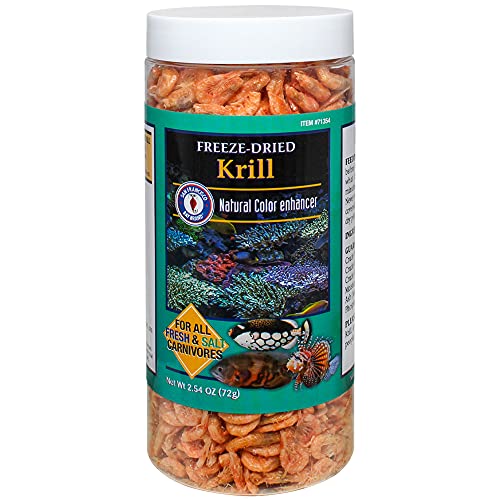jeffkeith_us
Well-known member
- Joined
- Apr 26, 2005
- Messages
- 104
Fins, Developmental Observation
Hi Everyone
The fins of Synchiropus splendidus are made up of stiff rays covered by skin. In Mandarinfish some of the rays supporting the find are bony, stiff and unjointed. I refer to these rays as spines. Almost all the fin rays in the two Dorsal fins of Synchiropus splendidus are bony spines. So I call the front (Anterior) portion of dorsal fin the Spiny Dorsal or Harp Dorsal and the rear (Posterior) portion I called the Adipose fin. In Synchiropus splendidus and other Dragonet species the Harp Dorsal and the Adipose Dorsal are completely separated and form two distinct fins, the Dorsal and Adipose fin. The number of rays in the each fin is also used in classification.
Each fin on a Mandarinfish is designed to perform a specific function:
Dorsal fin. This spiny unjointed fin is large and when extended has the silhouette of a harp on males. It has the silhouette of a â€D†and is comparatively very small on females. The Anterior Dorsal is normally not extended with either sex. Used solely for signaling, in aggression, defense, or mating. Will be extended wile Synchiropus splendidus is sleeping.
Adipose fin. Lends stability in swimming and extends from base of the Dorsal fin to the Caudal peduncle. Consists of a hard anterior and soft posterior section
Ventral fin. Serves to provide stability in swimming and is used for caressing during mating. Also used as a bi-pod wile Synchiropus splendidus is sleeping on top of the substrate.
Caudal fin. Most fish, use the Caudal or tail fin for the main propelling fin, but this is so with the Mandarinfish only for escape. Synchiropus splendidus uses the Caudal primarily for tight turning.
Anal fin. Also lends stability in swimming. Consists of a hard anterior and soft posterior section.
Pectoral fins. Primarily used to provide hovering, locomotion, and side to side movement.
Jeff
Hi Everyone
The fins of Synchiropus splendidus are made up of stiff rays covered by skin. In Mandarinfish some of the rays supporting the find are bony, stiff and unjointed. I refer to these rays as spines. Almost all the fin rays in the two Dorsal fins of Synchiropus splendidus are bony spines. So I call the front (Anterior) portion of dorsal fin the Spiny Dorsal or Harp Dorsal and the rear (Posterior) portion I called the Adipose fin. In Synchiropus splendidus and other Dragonet species the Harp Dorsal and the Adipose Dorsal are completely separated and form two distinct fins, the Dorsal and Adipose fin. The number of rays in the each fin is also used in classification.
Each fin on a Mandarinfish is designed to perform a specific function:
Dorsal fin. This spiny unjointed fin is large and when extended has the silhouette of a harp on males. It has the silhouette of a â€D†and is comparatively very small on females. The Anterior Dorsal is normally not extended with either sex. Used solely for signaling, in aggression, defense, or mating. Will be extended wile Synchiropus splendidus is sleeping.
Adipose fin. Lends stability in swimming and extends from base of the Dorsal fin to the Caudal peduncle. Consists of a hard anterior and soft posterior section
Ventral fin. Serves to provide stability in swimming and is used for caressing during mating. Also used as a bi-pod wile Synchiropus splendidus is sleeping on top of the substrate.
Caudal fin. Most fish, use the Caudal or tail fin for the main propelling fin, but this is so with the Mandarinfish only for escape. Synchiropus splendidus uses the Caudal primarily for tight turning.
Anal fin. Also lends stability in swimming. Consists of a hard anterior and soft posterior section.
Pectoral fins. Primarily used to provide hovering, locomotion, and side to side movement.
Jeff
Last edited:





























































